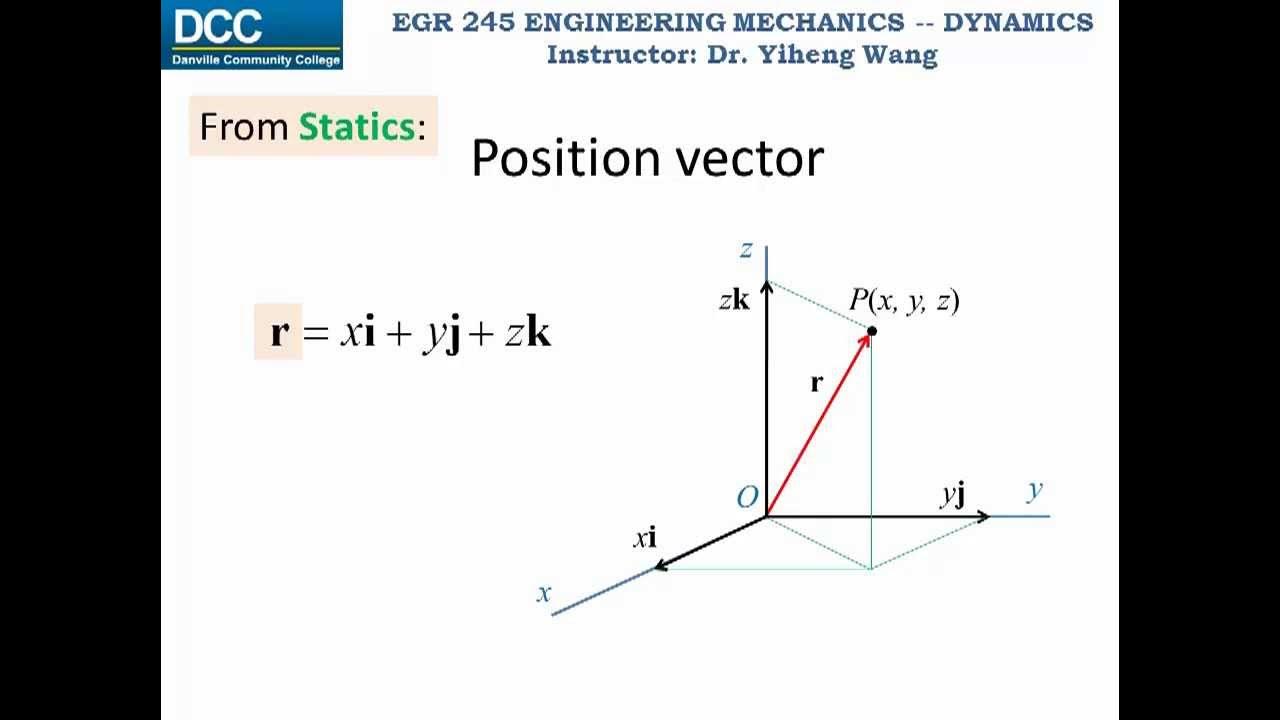Física 1 - Movimentos unidimensionais | Deslocamento e velocidade média - Aula 1.2
Summary
TLDRThis video introduces fundamental concepts in kinematics, focusing on displacement and average velocity. The speaker explores the distinction between speed and velocity, explaining how average velocity is calculated using changes in position and time. Through examples and graphical analysis, the video emphasizes the importance of average velocity in understanding motion, despite not having full information about an object's movement at all times. The speaker hints at future lessons on instantaneous velocity, which will require more advanced mathematical tools like calculus. Overall, the video serves as a foundational overview of basic motion analysis in physics.
Takeaways
- 😀 The concept of speed (or rapidity) is intuitive, but in physics, we define velocity to describe the speed of motion more precisely.
- 😀 Average velocity is defined as the change in position divided by the change in time, and it gives a basic understanding of motion.
- 😀 Speed and velocity are related but distinct concepts, with speed being a more general, intuitive idea and velocity being more technical in physics.
- 😀 The calculation of average velocity assumes a uniform movement between two points, even though the actual movement might involve variable speeds.
- 😀 The average velocity is the slope of the line connecting the initial and final positions on a position-time graph, which visually represents the motion.
- 😀 When calculating average velocity, the path between the two recorded points is simplified, meaning intermediate movements aren't accounted for.
- 😀 The speaker emphasizes the importance of understanding the limitations of information we have when analyzing motion, as not all intermediate positions are known.
- 😀 Average velocity is useful when describing the overall change in position over a period of time, but it doesn't give detailed insights into the actual motion during that time.
- 😀 A position-time graph helps visualize motion, and the slope of the graph between two points represents the average velocity during that interval.
- 😀 The video introduces the idea of instantaneous velocity, which is a more precise measure of an object's speed at a particular moment, to be discussed in the next video.
- 😀 The notion of instantaneous velocity requires more advanced techniques, such as calculus, to understand the speed at every specific moment of motion.
Q & A
What is the primary distinction between speed and velocity in the context of motion?
-Speed refers to how fast an object moves, while velocity includes both the object's speed and the direction of motion.
How is the concept of average speed defined, and what limitation does it have in analyzing motion?
-Average speed is defined as the total distance traveled divided by the total time taken. The limitation is that it doesn't provide detailed information about the motion between start and end points, particularly in terms of varying speeds.
What does average velocity represent, and how is it calculated?
-Average velocity represents the overall change in position divided by the change in time. It is calculated as ΔS (change in position) divided by Δt (change in time).
What is the significance of using position vs. time graphs in analyzing motion?
-Position vs. time graphs are helpful in understanding the motion of an object over time. The slope of the line connecting two points on the graph represents the average velocity between those points.
Why is average velocity not sufficient for describing the motion at every instant?
-Average velocity only gives an overall summary of the motion over a specific time interval, without providing detailed information about the object's behavior at specific moments in time.
What is the difference between average speed and average velocity in terms of direction?
-While average speed does not take direction into account and only considers the total distance traveled, average velocity considers both the displacement (change in position) and the direction of motion.
How does the speaker illustrate the concept of average velocity using a graph?
-The speaker uses a graph of position vs. time to show how the average velocity is represented by the slope of the line connecting two points, indicating the rate of change in position over time.
What is the relationship between the slope of the graph and velocity?
-The slope of the line connecting two points on the position vs. time graph represents the average velocity between those two points, which is essentially the rate of change of position with respect to time.
What is the main takeaway about calculating average velocity when only knowing the initial and final positions?
-When only knowing the initial and final positions, the average velocity is determined by the total displacement (change in position) divided by the total time, ignoring any intermediate variations in the motion.
What will the speaker cover in the next video regarding velocity?
-In the next video, the speaker will introduce the concept of instantaneous velocity, which requires calculus to calculate the velocity at any given moment in time, providing a more precise description of motion.
Outlines

This section is available to paid users only. Please upgrade to access this part.
Upgrade NowMindmap

This section is available to paid users only. Please upgrade to access this part.
Upgrade NowKeywords

This section is available to paid users only. Please upgrade to access this part.
Upgrade NowHighlights

This section is available to paid users only. Please upgrade to access this part.
Upgrade NowTranscripts

This section is available to paid users only. Please upgrade to access this part.
Upgrade NowBrowse More Related Video

Cinemática 05: Velocidade Média, Velocidade Escalar Média, Velocidade Instantânea

Posisi, Jarak, Perpindahan, dan Kecepatan | Kinematika 1D | Part 1 | Fisika Dasar

FISIKA KELAS X: GERAK LURUS (PART 1) Jarak, Perpindahan, Kelajuan, Kecepatan, Percepatan

Dynamics Lecture 02: Particle kinematics, Rectilinear continuous motion part 1

Vektor Posisi, Kecepatan, dan Percepatan | Kinematika 2D & 3D | Part 1 | Fisika Dasar

Kinematics Part 1 (Usapang Distance,Displacement,Speed atbp!) Physics Explained In Tagalog/Filipino
5.0 / 5 (0 votes)